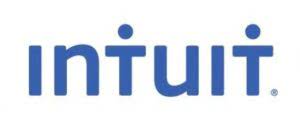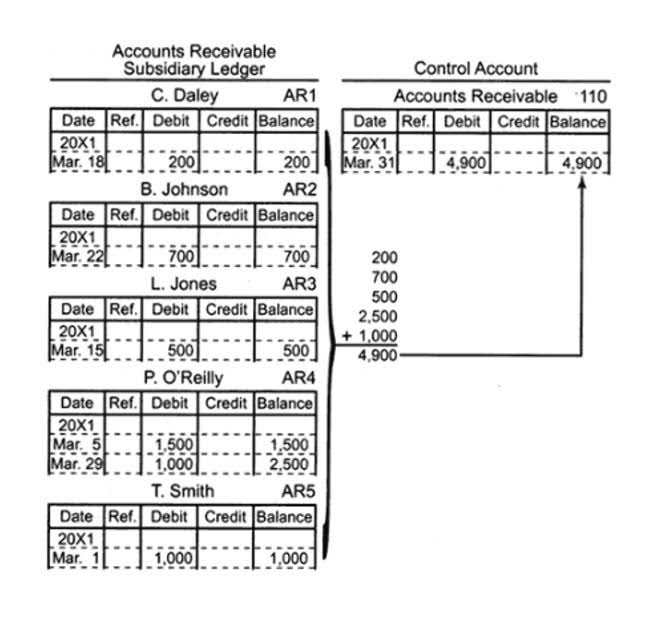
Inherent risk is essentially the perceived systematic risk of material misstatement based on the firm’s structure, industry, or market it participates in. The auditor should assess audit risks before accepting the audit engagements by understanding the nature of its client’s business and the complexity of financial reporting in that sector. Basically, management is required to set up and assess the effectiveness and efficiency of internal control over financial reporting to make sure that financial statements are free from material misstatements.
AccountingTools
On the other hand, if auditors believe that the client’s internal control is week and ineffective, they will tick the control risk as high. In this case, auditors will not perform the test of controls as they will go directly to substantive audit procedures. Detection risk is the risk that the audit procedures used are not capable of detecting a material misstatement.
AuditSamplerStatistical Sampling Data Analytics
Enron was regularly audited by what was perhaps the most respected auditing organization in the world, but it was still able to misreport figures and ended up losing money for hundreds of thousands of people. When we look at the results of an audit, we assume that the content in it is correct, but there is no way to guarantee that fact. It will take a lot of time to go through all the research that was done by the auditors to verify everything. Many businesses have suffered losses because there were audits that failed to discover the problems and risks present within the organization. Accounting for audit risks enables businesses to ensure that they are prepared for such an eventuality. In order to do that, they will first assess the levels of each component risk of the model.

Inherent Risk

Given these risk levels, the auditor needs to plan his substantive audit tests to reduce the risk of not detecting material misstatements to 9%. An audit risk model is a conceptual tool applied by auditors to evaluate and manage the various risks arising from performing an audit engagement. The tool helps the auditor decide on the types of evidence and how much is needed for each relevant assertion. The auditor should also assess audit risks at the time they prepare the audit plan. Normally, this is done by using a control framework like COSO to assess all angles of the business process. The auditor needs to understand and assess the client’s internal control over financial reporting and conclude whether those control could be relied on or not.
Risk Management Best Practices for Energy & Utilities: Proactive Strategies for a Changing Industry
- This dedication to risk assessment and management underscores the pivotal role of internal controls and strategic planning in achieving financial statement precision and reliability.
- The government was happy, the stockholders were happy, and Enron itself was happy with the audits being carried out, thus the auditing company had no reason to rethink their approach towards Enron.
- Detection risk occurs when audit procedures performed by the audit team could not locate the material misstatement that exists on financial statements.
- Students are reminded that business risk is excluded from the FAU and F8 syllabus, although it is examinable in P7.
- Audit risk pertains to the possibility of human errors creeping into the audit, potentially resulting in overlooked organizational issues.
These problems suggest that while the audit risk model provides a useful audit risk model framework, auditors must apply it cautiously, supplementing it with professional judgment and a deeper analysis of the client’s specific risk environment. Paragraph 13(c), ISA 200, Overall Objectives of The Independent Auditor, “Audit risk is a function of the risks of material misstatement and detection risk“. The auditor is not responsible for fraud, but they are responsible for providing reasonable assurance to the users of financial statements. Let’s assume you already have a better understanding of audit risks and let’s check the above if you are still not sure. At the time of planning, auditors should set the right audit strategy, employed the right audit approach, and have a strong strategic audit plan.

Where the auditor’s assessment of inherent and control risk is high, the detection risk is Record Keeping for Small Business set at a lower level to keep the audit risk at an acceptable level. Lower detection risk may be achieved by increasing the sample size for audit testing. Conversely, where the auditor believes the inherent and control risks of an engagement to be low, detection risk is allowed to be set at a relatively higher level.
Audit risk may be considered as the product of the various risks which may be encountered in the performance of the audit. In order to keep the overall audit risk of engagements below acceptable limit, the auditor must assess the level of risk pertaining to each component of audit risk. This might help them understand more about the audit risks and let them detect them. The common cause of detection risk is improper audit planning, poor engagement management, wrong audit methodology, low competency, and lack of understanding of audit clients. Or the qualified opinion is issued as the result of immaterial misstatement found in financial statements, which the correct opinion should be unqualified since the fact is financial statements are materially misstated.

- Analytical proceduresAnalytical procedures performed as risk assessment procedures should help the auditor in identifying unusual transactions or positions.
- Hence, auditors’ professional judgment which is based on their knowledge and experience is very important here.
- This risk is inherent in the audit process, and it is essential for auditors to understand and manage it effectively.
- Control risk involved in the audit also appears to be high since the company does not have proper oversight by a competent audit committee of financial aspects of the organization.
- Just because the model uses multiplies here, it does not mean that the need to be multiple to get audit risk.
This understanding of audit risks lays the groundwork for the planning and execution of audit procedures that are finely tuned to the risk landscape, ensuring the reliability and integrity of financial statements. Control risk is the risk that the client’s internal control cannot prevent or detect a material misstatement that occurs on financial statements. It is the second one of audit risk components where auditors usually make an assessment by evaluating the internal control system that the client has in place.

The Ever-evolving Challenges in Audits
In summary, control risk significantly influences the audit risk model and the overall audit process. Auditors must carefully assess control risk to determine the appropriate audit procedures and level of reliance on internal controls. By understanding the impact of control risk, auditors can effectively plan and execute their audits, ensuring the reliability and accuracy of the financial statements. Mastering audit risks in today’s fast-paced CARES Act and complex financial environments requires a forward-thinking approach that embraces innovation such as audit management software. Auditors use cutting-edge tools and procedures to meticulously identify audit risks and maintain the accuracy of financial reporting. Through a comprehensive understanding of audit risks — including inherent, control, and detection risks — auditors are better equipped for audit engagements that ensure the accuracy of financial statements.








